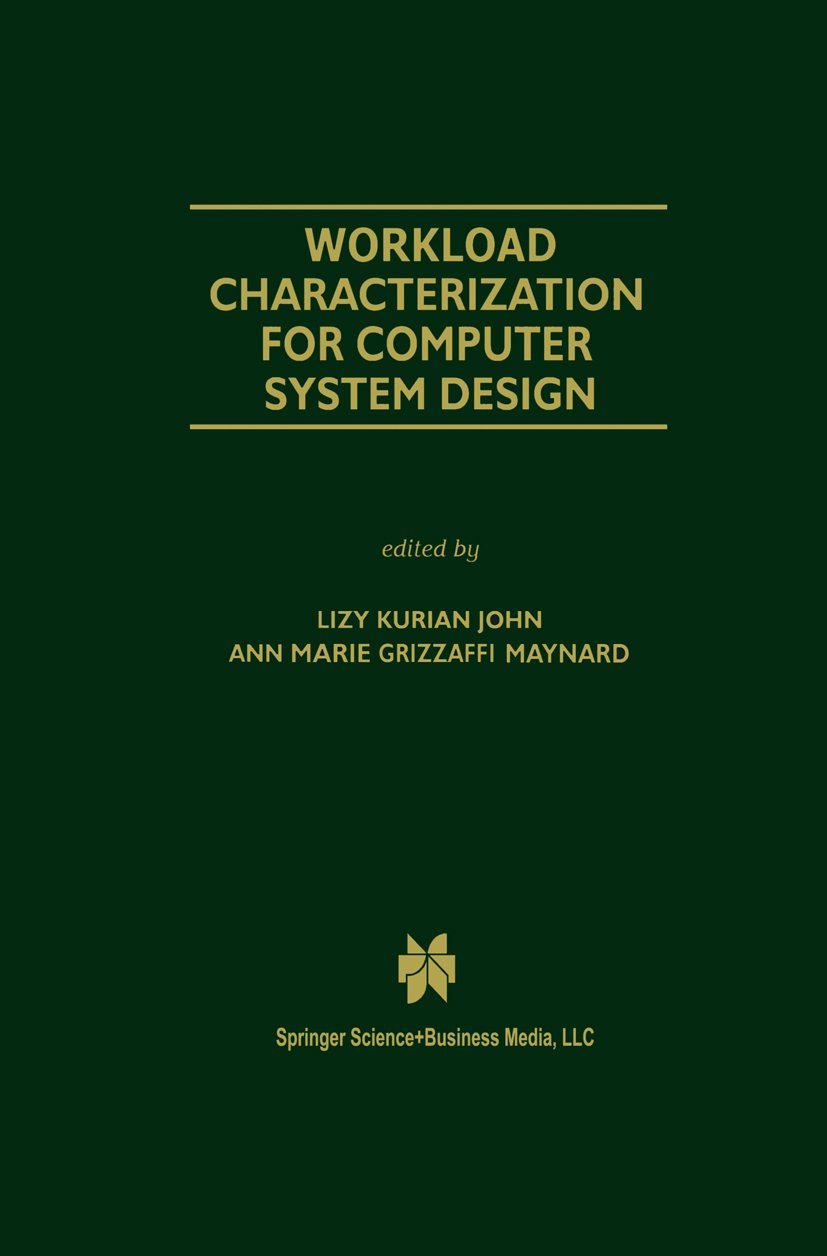Workload Characterization for Computer System Design
by Lizy Kurian John
2020-05-14 22:46:59
Workload Characterization for Computer System Design
by Lizy Kurian John
2020-05-14 22:46:59
The advent of the world-wide web and web-based applications have dramatically changed the nature of computer applications. Computer system design, in the light of these changes, involves understanding these modem workloads, identifying bottlenecks du...
Read more
The advent of the world-wide web and web-based applications have dramatically changed the nature of computer applications. Computer system design, in the light of these changes, involves understanding these modem workloads, identifying bottlenecks during their execution, and appropriately tailoring microprocessors, memory systems, and the overall system to minimize bottlenecks. This book contains ten chapters dealing with several contemporary programming paradigms including Java, web server and database workloads. The first two chapters concentrate on Java. While Barisone et al.''s characterization in Chapter 1 deals with instruction set usage of Java applications, Kim et al.''s analysis in Chapter 2 focuses on memory referencing behavior of Java workloads. Several applications including the SPECjvm98 suite are studied using interpreter and Just-In-Time (TIT) compilers. Barisone et al.''s work includes an analytical model to compute the utilization of various functional units. Kim et al. present information on locality, live-range of objects, object lifetime distribution, etc. Studying database workloads has been a challenge to research groups, due to the difficulty in accessing standard benchmarks. Configuring hardware and software for database benchmarks such as those from the Transactions Processing Council (TPC) requires extensive effort. In Chapter 3, Keeton and Patterson present a simplified workload (microbenchmark) that approximates the characteristics of complex standardized benchmarks.
Less
